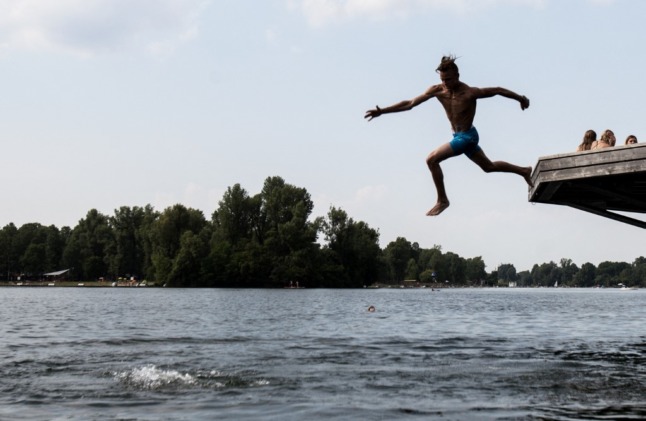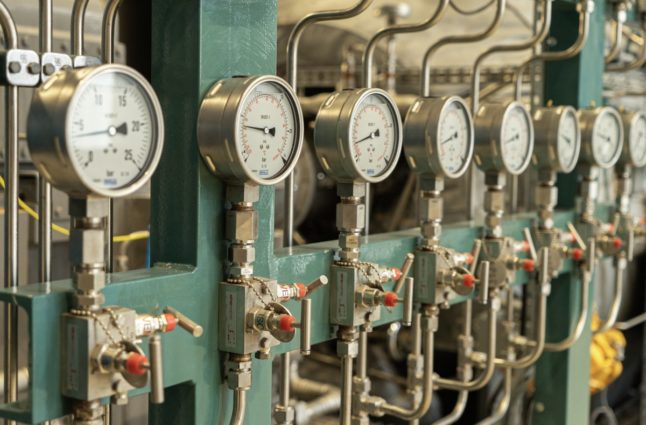Despite a long cold and rainy spell at the beginning of the month, August in Austria is ending in an outdoor sauna.
It’s been a month of extremes, with the first third of August marking Austria’s coolest since 2006 – followed by this summer’s longest heatwave – and possibly ever.
The University of Innsbruck – which has measured weather and temperatures in Austria since 1777 – previously recorded the Tyrol capital’s longest heatwave in 2003.
That heatwave, which meteorologists define as at least three days in a row of temperatures above 30C, lasted for 13 days.
The current heatwave is not expected to end until Saturday. If it lasts that long, it will set a new heatwave record of 14 days.
The Alpine city has also had nearly 30 days this summer above 30C. That’s above the average of 22 it saw between 1991 and 2020.
Meanwhile, the capital in Vienna saw another record. At 25.5C, the city saw the warmest night ever recorded in the final two weeks of August – giving little chance for residents to be able to cool off in the evening from scorching daytime highs.
To help deal with the heat, local authorities recommend comfortable and loose clothes, lukewarm drinks to keep the body hydrated, and to take midday breaks if possible.



 Please whitelist us to continue reading.
Please whitelist us to continue reading.
Member comments